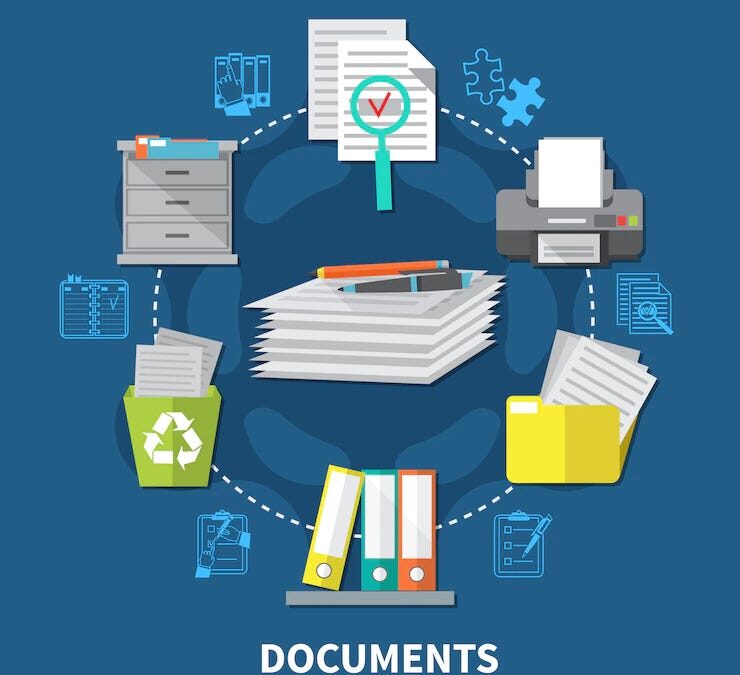 Here’s a question: What is the most frequent type of complaint filed against lawyers?
Here’s a question: What is the most frequent type of complaint filed against lawyers?
- Mishandling trust funds.
- Lack of communication.
- Fee disputes.
The answer is: (B) Lack of Communication. According to Shannon Fleming of the Florida State Bar Association [1], “The number one complaint is ‘lack of communication’.”.
Lawyers should strive to always have the last word.
What is the best way to communicate? Here are some suggestions for the best practices at your firm:
- Implement a system for regular matter UPDATES. Did you get an email? Reply. Were you copied on a motion or pleading or some other communication? Send an acknowledgement and copy your client. In every way, by phone, or email, or letter, reply in kind. Record this date and time of each response in your matter management system.
- Meet with your staff and communicate CLEAR communication methods and deadlines. Some areas of law warrant a particular response type, but all of them should manage expectations – for example, responding within 2 business days to all forms of inquiry.
- Include the SCOPE of representation in your firm’s engagement letters, this too will establish expectations. If you are particularly flooded, include in the engagement agreement that you will not communicate until there is a specific deadline or obligation to prepare for.
- Maintain DETAILED records of all matter communications, stored at the matter level. Note records outlining phone calls, document records for correspondence, and email replies should all be linked to each matter. This will provide a complete chronology of your responsiveness.
- Implement a client FEEDBACK system. This is easy to do with a simple survey, or a form on your webpage. For a more detailed response, include a free coffee gift card as an incentive.
The bottom line – a Lawyer has the most power in the relationship: Always strive to set the tone, define objectives and processes and, by all means, Have the Last Word.
Rethinking the Client Engagement Paradigm
Traditional legal communication models are obsolete. Today’s clients—sophisticated, data-driven, time-constrained—demand more than periodic updates. They require:
- Predictable communication rhythms
- Transparent progress tracking
- Measurable engagement metrics
Strategic Update Protocols
Implement a three-tiered communication framework:
- Immediate Notification Tier: Critical developments requiring instant communication
- Weekly Progress Tier: Substantive case progression updates
- Monthly Strategic Tier: Comprehensive case strategy review and forward planning
Technology-Enabled Transparency
Your communication infrastructure must transcend traditional boundaries:
- Secure client portals
- Real-time status dashboards
- Encrypted communication channels
- Automated status update mechanisms
Quantifiable Recommendations
Communication Velocity Metrics
- Maximum response time: 2 business days
- Minimum update frequency: Bi-weekly
- Mandatory documentation: 100% of interactions
Engagement Letter Reimagination
Your engagement letters should function as:
- Strategic communication blueprints
- Expectation management documents
- Relationship governance frameworks
Feedback Integration
Develop a systematic client feedback mechanism that:
- Captures granular satisfaction data
- Provides actionable organizational insights
- Creates continuous improvement pathways
Investment and ROI
These recommendations represent more than procedural adjustments. They are strategic investments with demonstrable returns:
- Increased client retention rates (projected: 22-35%)
- Enhanced referral generation
- Differentiation in a commoditized legal market
Implementation Guidance
Successful execution requires:
- Unified leadership commitment
- Comprehensive training program
- Technology infrastructure investment
- Cultural mindset transformation
Your firm’s competitive advantage is determined not by legal expertise alone, but by your ability to communicate that expertise strategically and timely. Crosspointe Consulting Group has the resources to assist you in these efforts. Contact Dana or David for a free introductory call. Read more about the PMBR Checklist here.
[1] Fleming, Shannon, “Complaints Against Lawyers Decline”, The Florida Bar News, March 1, 2004.
See also:
Proactive Management Based (Self) Regulation
CARET Legal Workflows – Now Better Than Ever

At Crosspointe Consulting Group, we recognize that legal professionals often rely on established software platforms to manage their financial and operational needs. With our in-depth knowledge of law office management software and modern accounting applications, we are dedicated to helping you unlock the full potential of these systems. Our mission is to provide expert guidance and support, empowering your firm to operate more efficiently .



